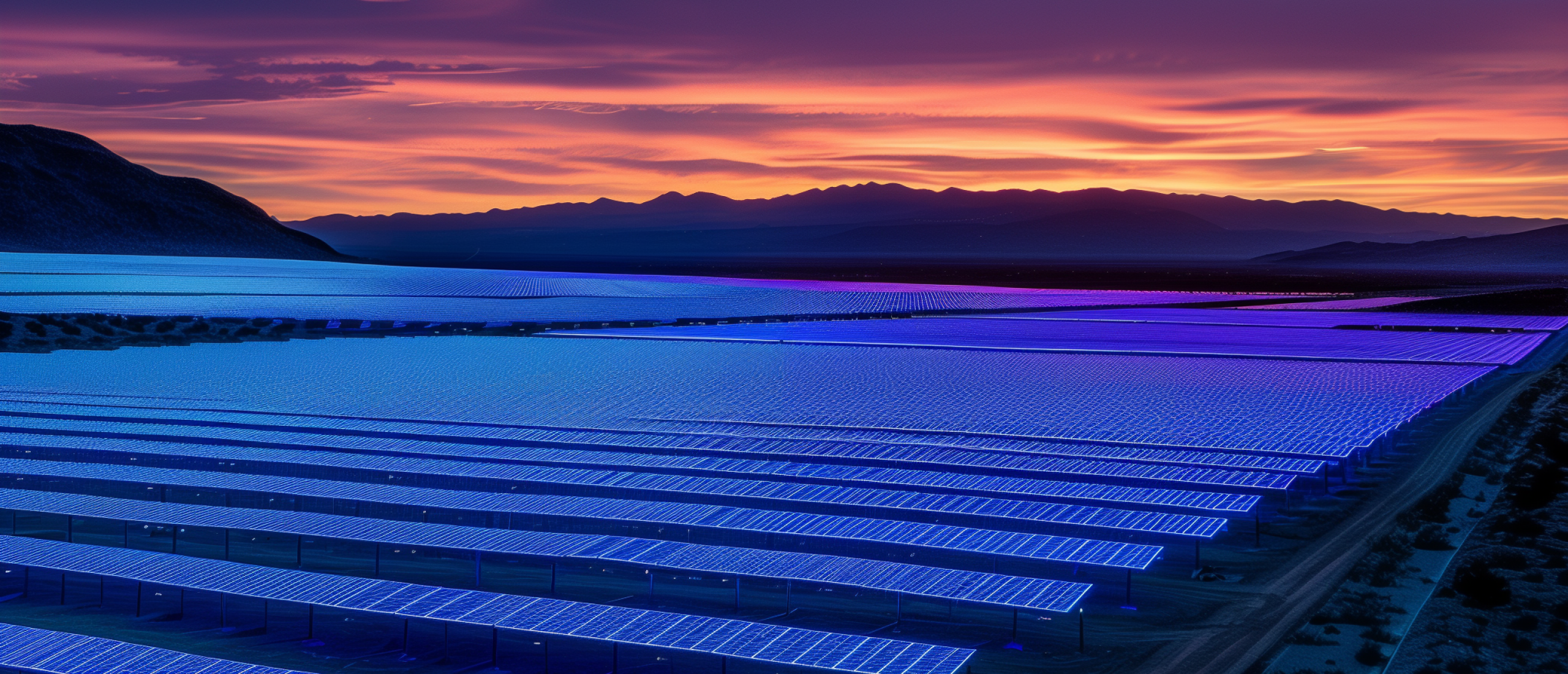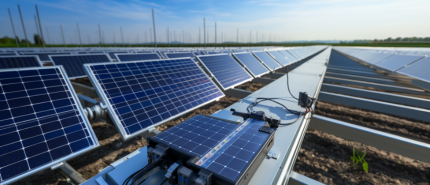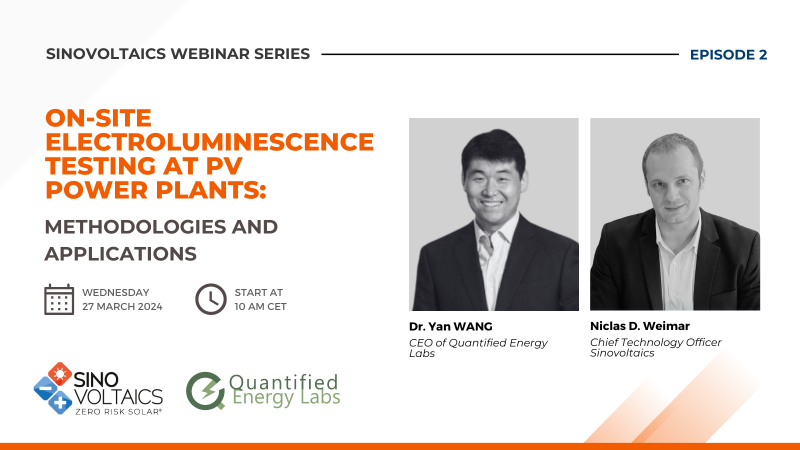
The content of this article is derived from a webinar jointly hosted by Sinovoltaics and QE Labs. To access the webinar again, please click on the link provided below:
The rapid evolution of photovoltaic (PV) technology has been a cornerstone in the shift towards renewable energy sources worldwide. Among the various methodologies adopted to ensure the efficiency and longevity of PV power plants, on-site electroluminescence (EL) testing stands out. This technique offers an unparalleled glimpse into the internal health of solar modules, enabling stakeholders to optimize their operations and mitigate risks effectively. Drawing from a comprehensive webinar hosted by Sinovoltaics, we delve into the methodologies and applications of on-site EL testing at solar panel manufacturing sites and PV power plants; highlighting the innovation and practical implications of this test technology.
Introduction to EL testing of Solar Panels
Solar PV modules are designed to convert sunlight into electricity. Alternatively, they can also work as LEDs. As seen in image 1, by applying current the solar panel can cause the semiconductor materials to emit electroluminescent radiation. A CCD and/or GaAs camera can detect this light in a dark room and provide an image from which failures can be visualized.
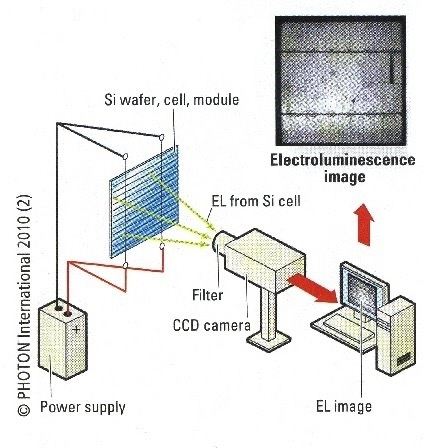 Figure 1. Working Principle of EL Imaging
Figure 1. Working Principle of EL Imaging
All modules are EL tested by manufacturers at the end of the production line, alongside IV and Hi-pot tests. An EL image can show many types of cell-inherent defects, not only microcracks. The pass or fail criteria of the EL image depends on the type of crack and the quantity per cell or module. Sinovoltaics has in-house up-to-date EL image criteria that can be shared on request. Allowing the template for discussions on procuring quality modules and a comparison to the manufacturer’s internal quality criteria.
Image 2 visualizes some of the faults that can be seen during manufacturing or even before, during, or after project installation. Much like IV data and graphs, developers and project owners may request the receipt of EL images of the solar panels they received.
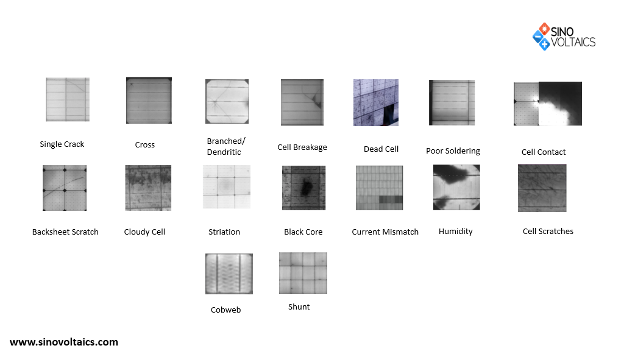 Figure 2. Example Images of Faults Detectable via EL Testing
Figure 2. Example Images of Faults Detectable via EL Testing
Having the EL images allows the site owner to have a baseline from which to work. Particularly, given that microcracks may also occur during the handling, installation, and operation of the solar asset. Thus, conducting EL imaging in-situ at the PV power plants is a good measure.
Introduction to On-site Electroluminescence (EL) Testing
As proposed by the EU Horizon 2020-funded SolarBankability studies and Solar Power Europe conducting IEC62446 and additional tests, like that of site EL imaging are a best practice. The transition from conventional quality control methods to performing PV tests to in-situ electroluminescence (EL) testing of solar modules marks a significant leap in the quest for ensuring high silicon solar cell efficiency and solar module efficiency. Traditional approaches, such as visual inspection - while beneficial - often fall short of identifying internal defects that could potentially compromise module performance. On-site EL solar testing, however, illuminates these hidden flaws, revealing micro-cracks, cell breakages, and other imperfections through a detailed examination of a cell's internal condition via electroluminescence imaging as seen in Figure 2. This shift towards a more granular inspection process underscores EL imaging's pivotal role in modern PV module production and maintenance.
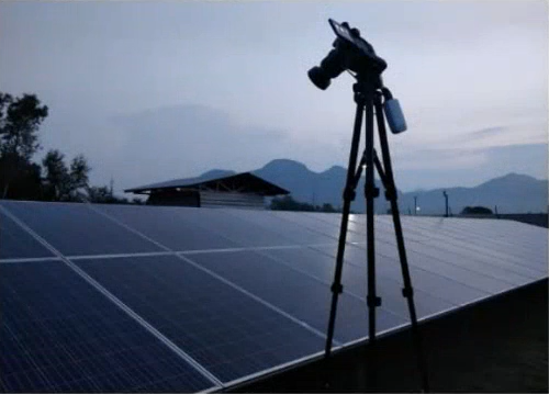 Figure 3. Standard in-situ EL imaging performed by Team Sinovoltaics
Figure 3. Standard in-situ EL imaging performed by Team Sinovoltaics
In comparison to nowadays highly automated in-line EL imagining during manufacturing, the prevalent standard process of in-situ EL imaging involves a different setup. It requires a portable EL imaging kit, which usually includes a high-resolution EL camera, a tripod for stability, a dark cover (for EL imaging during daytime) or dark environment (nighttime) to prevent external light interference, and a power source to feed reverse current back to the PV modules upon which EL images can be captured.
Traditional quality control methods such as electrical safety checks and visual inspection have been the cornerstone of in-situ measurements at PV power plants to ensure solar module efficiency for years. However, these methods often lacked the precision to identify internal defects that could compromise module performance. The introduction of EL imaging to testing in-situ at PV power plants has been imaging a transformative approach, providing a detailed examination of a module's internal condition to uncover hidden flaws. This shift towards a more granular inspection process underscores EL imaging's pivotal role in modern PV module production and maintenance not only at the factory acceptance test (FAT) level, but also the site acceptance test (SAT) level. Incorporating EL into the quality control method, allows solar plant operators and owners to get a full picture of the overall state of their power plant.
Primarily because as seen in Figure 4 it allows for new insights and confirmation of what may already have been detected or potentially missed by Riso and IV testing alone. Delamination, LID, PID, and other operational issues during the project can be detected. In particular that of cracks triggered by bad handling by the installer or cell breakages caused during transportation or leaning on a module during installation. Better yet, EL imaging is a quick and essential tool that should be used by O&M companies to detect damage after a hailstorm.
 Figure 4. Example visual EL faults from On-Site Testing
Figure 4. Example visual EL faults from On-Site Testing
Having insights into the amount and type of microcracks during any stage of the project's lifetime can help prevent assets from accelerated degradation. Various independent research bodies like NREL, NISE, and others show that microcracks can accelerate degradation by up to 15% and increase the probability & severity of PID. The smart application of EL images as a quality assurance and control tool helps mitigate project losses.
The Evolution and Importance of EL Imaging
The trajectory of EL imaging over the past decade is a testament to its effectiveness and indispensability in the solar industry. Initially only being employed sporadically by some manufacturers as a cross-check measure in the production process, EL imaging has over the past decade evolved into a standard and mass-scale quality measurement procedure in module assembly lines worldwide. This transformation is attributed to the method's unparalleled ability to uncover potential quality issues within the cell, invisible to the naked eye.
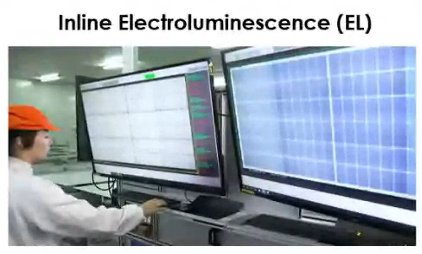 Figure 5. EL imaging at a PV module manufacturer
Figure 5. EL imaging at a PV module manufacturer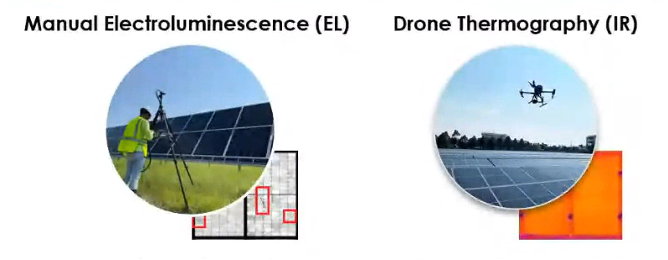
Figure 6. Manual EL imaging and Infrared Thermography (IR) using a drone
Methodologies for Conducting On-site EL Testing on PV Field
Conducting on-site EL testing involves a series of steps, including planning, ensuring adequate power sources for the test equipment, and managing the disconnection and reconnection of modules or strings. The process, illustrated during the webinar, varies depending on the scale of the testing scope, from small rooftop installations to utility-scale power plants. The introduction of portable EL testing kits has made the procedure more accessible, albeit with limitations when addressing large-scale projects due to cost and logistical challenges. With a single portable EL testing kit and including on-site equipment handling and module connection/ disconnection support, the realistic quantity of modules that can be tested during an eight-hour test run at night is fairly limited and usually in the range of a few hundred modules only. Hardly a workable quantity for large-scale testing requirements.
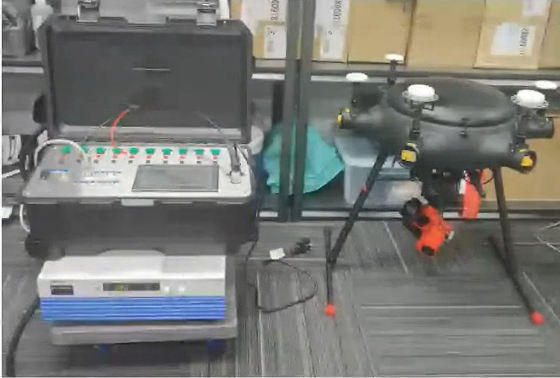 Figure 7. GEN-1 (May 2022 @ Intersolar Munich)
Figure 7. GEN-1 (May 2022 @ Intersolar Munich)
The Advent of Drone-based EL Imaging
A significant advancement in on-site EL testing has been the development of drone-based EL imaging systems. These systems enable mass-scale imaging with higher efficiency and reduced labor, as drones can capture thousands of modules in a single night. The webinar detailed the workings of an autonomous drone EL mapping technology developed by Quantified Energy Labs, highlighting its potential to transform on-site EL imaging with its fast, efficient, and comprehensive data collection capabilities.

 Figure 8. Pioneering Autonomous Drone Methodologies
Figure 8. Pioneering Autonomous Drone Methodologies
Applications and Case Studies
The webinar presented multiple case studies to illustrate the practical applications of on-site EL testing. These included maintenance and degradation testing for existing plants, troubleshooting, and acquisitions of existing power plants. Notably, drone-based EL imaging was showcased through several projects, including a 60 MW floating PV in Singapore and a 200 MW solar farm in Australia, demonstrating the technology's ability to efficiently inspect large-scale installations.
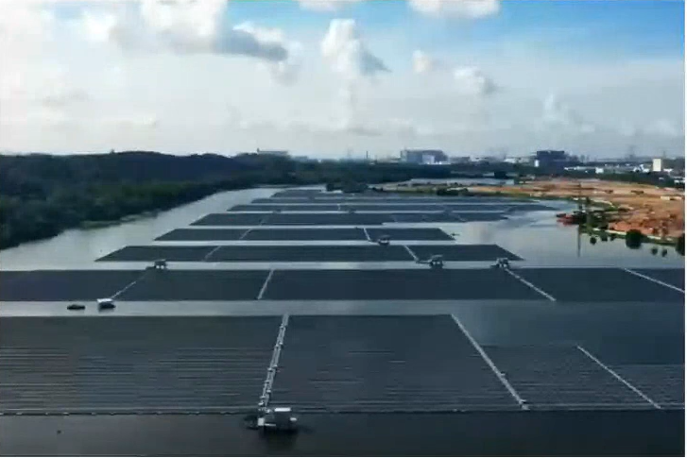 Figure 9. 60 MWp Floating PV in Singapore
Figure 9. 60 MWp Floating PV in Singapore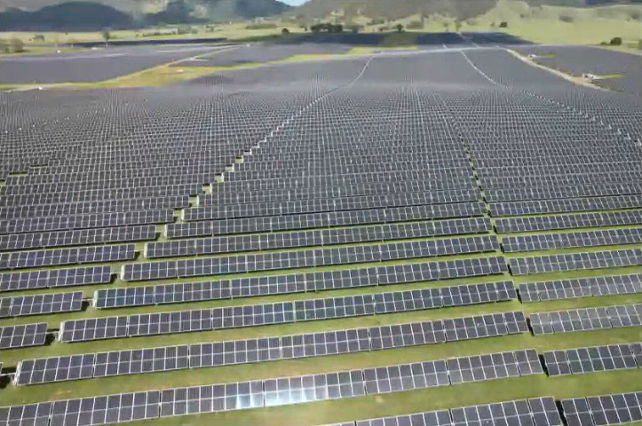
Figure 10. 200 MWp PV Farm in Australia
Challenges and Considerations
Despite its numerous advantages, on-site EL testing faces challenges, such as weather conditions, operational safety, and regulatory requirements for drone operations. The webinar addressed these concerns, offering insights into how these obstacles can be managed effectively through careful planning and collaboration with local partners.
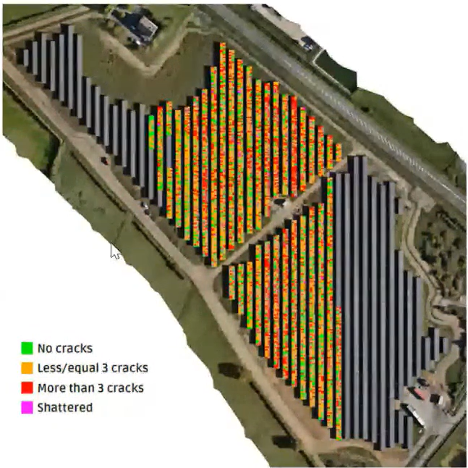 Figure 11. Hailstorm Damage Evaluation and Results
Figure 11. Hailstorm Damage Evaluation and Results
Future Directions and Standards
Looking forward, the webinar underscored the importance of developing international standards for on-site EL testing to harmonize practices across the industry. The ongoing efforts to establish these standards, such as the IEC TS 62446-4 for field EL inspection, signal a move towards more consistent and reliable testing methodologies.
 Figure 12. Pre-COD/DLP Testing and Commissioning
Figure 12. Pre-COD/DLP Testing and Commissioning
Conclusion
In conclusion, PV power plant in-situ EL testing, particularly through innovative drone-based technologies, represents a paradigm shift in ensuring the performance and reliability of PV power plants. As the technology continues to evolve and become integrated into standard practices, the solar industry stands to benefit from enhanced operational efficiencies, reduced risks, and ultimately, a more sustainable future powered by renewable energy.

